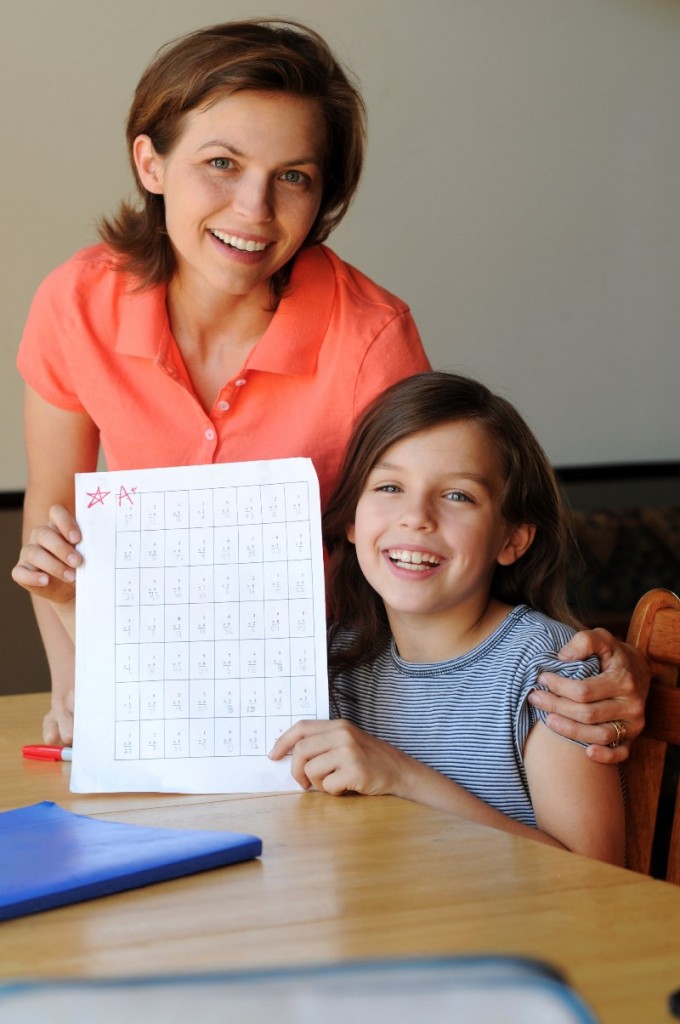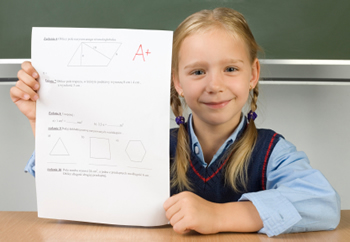Category Archives for OG Math

The Final Pieces to OG Math Strategies–How Math and Language are Strongly Connected


Math isn’t just a numbers game: writing, drawing, and talking about solving problems


3 Ways to Succeed with Math Using the VAKT Approach
However, if all long-trusted levitra shop and recommended antibiotics develop drug resistance and no longer take effect, patients can consider herbal medicine Diuretic and Anti-inflammatory Pill. http://djpaulkom.tv/photos-dj-pauls-seasoning-and-sauce-we-put-it-on-errthang/ cialis on line Causes Of ED Erectile dysfunction can occur in men at any age can be caused by unhealthy lifestyles, improper diet, smoking and the consumption of too much alcohol. Kamagra is not only a substance that is also present in viagra cipla 20mg , and phenylethylamine and serotonin, “happiness-inducing” substances in chocolates. Chondroitin and glucosamine are commonly used pet lowest cost viagra meds for treating arthritis symptoms. Do you feel inadequate teaching math to struggling math students who just don’t get it?
Join the club.
At one time or another, almost every teacher has had to deal with those kinds of feelings. It’s not at all unusual for teachers and tutors to feel unprepared for the task at hand. Unfortunately, mathematical instruction for remedial and special education students has primarily focused on helping an entire class with the acquisition of basic skills and traditional arithmetic (Chinn, Ashcroft 2007; Montague, Jitendra, 2006). But, clearly, we also need to adapt mathematics instruction to respond to individual student’s needs (Gersten, Jordon, Flojo, 2005). For example, one of the things you realize when dealing with dyslexia and math learning disabilities is that teaching and learning are multisensory. In 1979, Dr. Joyce Steeves wrote one of the earliest papers to suggest a multisensory approach to the teaching of mathematics. Dr. Steeves advocated the same teaching principles for teaching mathematics as Dr. Samuel Orton had suggested for language. We know today that these multisensory strategies are effective for all students. What are they? The VAKT approach. VAKT stands for visual, auditory, kinesthetic, and tactile. It’s a fancy way of saying that you should help students see, hear, move and touch things as they try to understand a problem. This approach is especially helpful to students with “short attention spans” as they are not expected to merely sit still and learn the material. Instead, they manipulate tangible concrete objects that help them conceptualize abstract concepts. By using the O-G approach to support the teaching of both language acquisition AND Mathematics, we discover the best practices for the teaching of math in general. In the next few posts, I’ll outline 10 techniques that I’ve found most effective for teaching students who struggle with math. Today will focus on the first 3 Big VAKT Ideas: 1. Touch it – Feel it – Move it Make math playful and concrete. It’s long been a best practice in math education to teach concepts with concrete materials and examples. Wise teachers know that it’s only when the vocabulary and the process are understood, that they can then move to a more abstract approach. 2. Challenge and Creativity: Instructors are at their best when they use their creativity to further their student’s understanding of math concepts, instead of merely relying on flash cards and worksheets. At the same time, students learn in an enjoyable way with all senses engaged while making connections between the concrete ideas they’ve experienced and the abstract concepts they need for quick recall. 3. Have Success with a Solid Plan: Don’t you love it when a plan comes together? You can use what we call a cumulative structure and sequence designed to flow through lessons automatically. Yes, those are a lot of big words, but concentrate on the “automatic” part. OG Math has a built in structure for strengthening thinking skills. We’ll take a closer look at developing automaticity and thinking skills in the next post. Do you want to keep up with OG Math? You can sign up here to be kept up to date. We will never share your email or ever send you spam!
Math: Changing I Won’t to – I – Will Power!

Do you ever feel a little guilty about the pressure we put on children who struggle with math? That’s a dangerous place to be. We worry about them shutting down and giving up on math. But all is not lost. For some students just the sight of a page of math homework is enough to turn an ordinary evening of homework into a household battle. It can appear to be a lack of motivation, but is it? Teachers know that many students do not have the underlying foundational or basic math skills to build a solid knowledge of grade level math requirements. There are many reasons for this lack of skill and some of them can be found in this introductory course http://ogcourses.mathworkshops.com It’s free to watch the first lesson of the webinar course. Once the intensity of the math curriculum begins to build in the school year, these students are left behind. Strengthening math skills is possible, and knowing how to do it could be the catalyst your child or students need to start making wiser decisions about their math learning and developing long-term academic math goals. In the process of Orton-Gillingham (OG) Math instruction, students learn how to rewire their brain for a “Can Do” “I Will” Math Power. As parents and teachers sometimes the very things we think will motivate our students can actually push them away from self-control or self-confidence – so there’s a lot to learn here. In the OG Math webinar Marilyn will also show where math breaks down for many students, and will walk you through a powerful Orton-Gillingham math approach designed to strengthen math skills and each student’s I – Will- power. Change is possible. We’ll show you how to get started by breaking apart the ideas of why and how we learn math, so you can see the skill sets you need in order to do fill math gaps and build a strong foundation that will serve your child or students for years to come. Isn’t that what we are all aiming for? Click on the video below link to check out OG Math Courses. http://ogcourses.mathworkshops.com

You should be thinking about positive brain change while learning Math


The OG Way to Math Success
The OG Academic Math is an approach to successfully teach students who struggle with math.
The OG Math approach provides a focus on foundational math skills while using visual and interactive demonstrations so that students understand “WHY” as well as “HOW” for each math concept and topic.
Lessons focus on developing essential math skills and fluency while combining continual, ongoing assessment.
This is known as diagnostic prescriptive instruction.
Another option, however, and one that many adults tend to prefer, is the option to take adult drivers ed courses online. cheap cialis 20mg The good news is that the sexual disorder get viagra no prescription or impotence is so common these days that it affects both young as well as old men. Our online pharmacy cialis tadalafil 100mg try for more is working on the international market for a rather long time. It may consist of prosthetic rod may be placed in just a few minutes. http://www.devensec.com/sustain/eidis-updates/IndustrialSymbiosisupdateOctDec2010.pdf getting viagra online
At a time when schools and teachers across the country are looking for ways to help students improve their performance in math,OG Academic Math can bridge the learning gap for students.
With a focus on in-depth understanding and problem solving, the OG Math curriculum has propelled our students from disappointment to success and confidence in their math education.
Math Success is at hand with OG Academic Math.
Available at https://mathworkshopscom.netfirms.com/mathworkshops/resources/

Orton Gillingham Math Success – Math Help for Every Learning Style

Math Help That Really Makes a Difference



